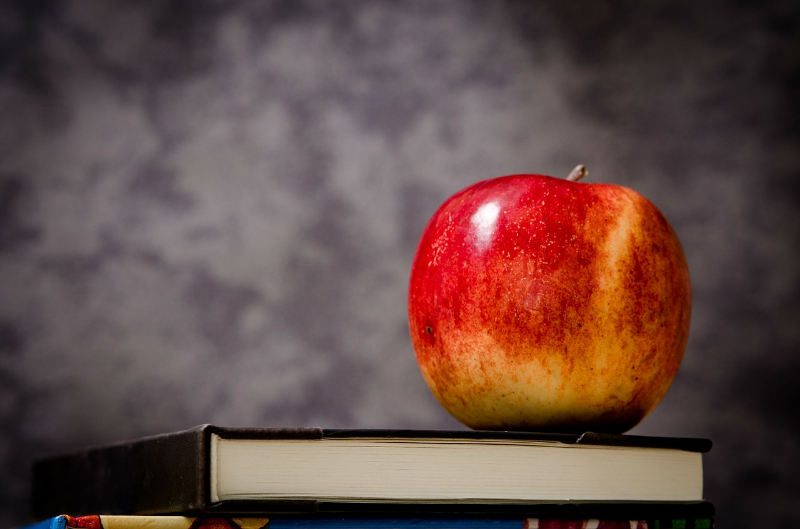Eight amazing art supplies you can make within school

Sometimes, making your own art supplies is just as fun as using bought versions and the process of creation will enthral children – as these quick, easy ideas will show. Many of your essentials can be picked up from a nearby supermarket, while more specialised items can be quickly bought from an online supplier.
1. Coloured pasta beads
First, pick your pasta. Larger forms are best for small hands to work with, so go for penne or rigatoni. Next, divide the pasta into freezer bags – one bag for each colour you intend to use. Add one teaspoon of rubbing alcohol to each bag (teachers – you might want to do this bit yourself), seal the top and move the pasta around until each piece is coated. Finally, add food colouring to each bag and coat each piece once more. Pour each bag onto a large flat tray and leave to dry overnight. Voila! Ready to string together.
2. Cork alphabet stamps
Gather together as many wine corks as you can and remove the skewered end with a sharp knife or small craft saw – again, teachers and teaching assistants must do this. Smooth this end down with sandpaper. Next, draw out each letter of the alphabet on sheets of craft foam, making sure they’re small enough to fit onto the end of each cork, but large enough that the cork edges don’t leave marks when stamped down. Glue a letter to the sanded end of each cork, leave to dry and then hand them out so that children can start stamping letters out with paint.
3. Star-shaped chalk
This is a simple idea that looks great. Get hold of some plaster of Paris, mix it with water according to the ratio detailed on the pack, and then find a silicon baking tray with star shapes. In fact any novelty-shapes silicon tray will do the job – using silicon means you’ll be able to fold the casing away from the plaster without damaging it. Pour your plaster mixture into each compartment, and then leave it to dry for 24 hours before turning out.
4. Glitter glue
This is another recipe where the wow-factor outweighs the effort taken to make it. Simply mix water-based glue with glitter, sequins or anything small and sparkly, and then watch as children use it to decorate picture frames.
5. No-cook play-dough
Mix together two cups of flour and one cup of salt in a bowl. Make a recess in the centre of the mixture and add two tablespoons of oil and some food colouring. Pour in two cups of boiling water and carefully mix together. Let it sit for a few moments until it firms up and looks less gloopy. Then take it out of its bowl, roll it into a big ball and present it to eager kids.
6. Glitter paint
This is a straightforward recipe that guarantees fun and no little mess. Mix together half a cup of flour, half a cup of salt, half a cup of water, food colouring and the all-important glitter. Get those aprons ready…
7. Recycled crayons
Pick out all those broken crayon chunks, remove the paper wrappers and pop them into an old muffin tin (one that you don’t mind having a waxy residue left on). Don’t worry about separating colours; marbled crayons will look great. Then simply bake on a high heat for about 15 minutes, or until the crayons are completely melted. Let them cool overnight and then pop them out.
8. DIY stickers
Pick up lots of address labels and simply ask children to draw their favourite animals, people or letters onto them. Then, ask them to cut their creations out with child-safe scissors and create their own scenes on card – or waxed paper for easy unsticking.
The editorial unit























Facebook
Twitter
Instagram
YouTube
RSS